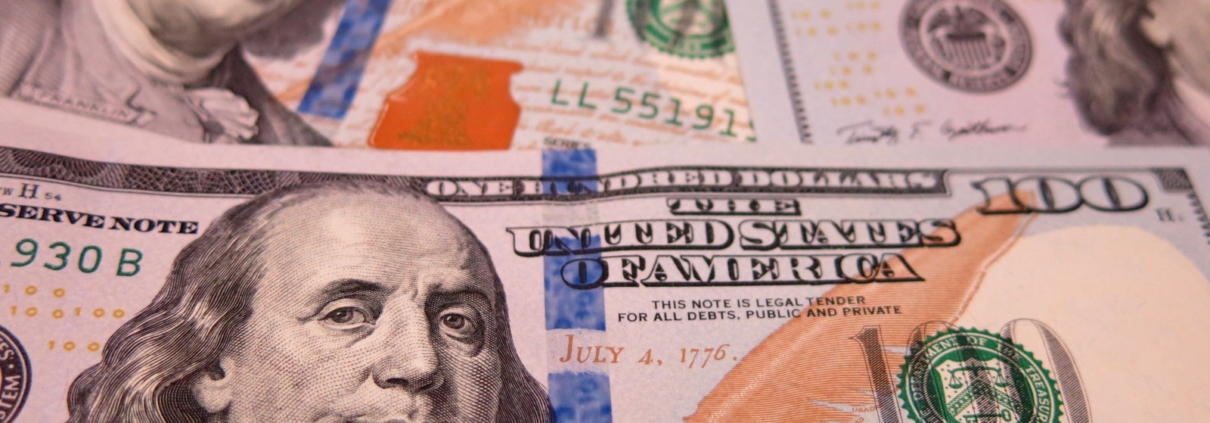Why It’s Important to Know Who the Victims of Corruption Are

One of the more complex and instructive business scandals of the 1980s concerned fraud in the sale of specialty pipe. In this case, the pipe was used in the construction of nuclear and fossil-fuel plants. The scandal is a perfect example of why “victim distance” is a crucial element in compliance programs.
Manufacturers sold this high-performance pipe to distributors, who resold it to fabricators at an inflated price—some of which was kicked back to the distributor—who sold it to architectural engineering firms on a cost-plus basis, who sold it to the end-user, typically energy utilities. The identities of the ultimate victims, who were far downstream, were generally not known to the wrongdoers, who were upstream. Indeed, some of the latter joked that given all the layers of commerce involved, anyone could be a victim, including themselves—which they felt meant nobody was.
The logic of this defense was obviously specious. But it may have been effective—by some accounts, this practice lasted for about 40 years, even though it was widely known in the industry. The notion that the crime was essentially victimless may have been enough to make those involved—who were not otherwise engaged in the general business of crime—feel comfortable with their participation.
The notion of “victim distance” (sometimes called “victim anonymity”) has been around for quite a while. Much of the research on victim distance concerns charitable contributions. As one might expect, studies have found that appeals for donations are more effective when featuring actual in-need individuals, rather than relying more generally on statistics and other less personal forms of information.
Victim distance is relevant not only to promoting pro-social activity, like charitable contributions, but also to prevent anti-social behavior. Perhaps the earliest recognition of this comes—rather surprisingly—from Ben Franklin. He described the risks of an ethics shortfall where the victim is anonymous: “There is no kind of dishonesty into which otherwise good people more easily and more frequently fall than that of defrauding the government.”
Understanding why “otherwise good people” do bad things is much of what behavioral ethics is about.
“The Effects of Victim Anonymity on Unethical Behavior,” a 2016 paper by Kai Chi Yam & Scott Reynolds, reflects some of the behavioral ethics learning that has been developed in this area. As the authors note:
We theorize that victim anonymity is an important factor in ethical decision making, such that actors engage in more self-interested and unethical behaviors toward anonymous victims than they do toward identifiable victims. Three experiments provided empirical support for this argument. In Study 1, participants withheld more life-saving products from anonymous than from identifiable victims. In Study 2, participants allocated a sum of payment more unfairly when interacting with an anonymous than with an identifiable partner. Finally, in Study 3, participants cheated more from an anonymous than from an identifiable person…Taken together, our research suggests that anonymous victims may be more likely to incur unethical treatment, which could explain many unethical business behaviors.
Besides the area of government contracting that Franklin identified, many other types of offenses involve distant victims. One is insider trading. Another is tax. And yet another is corruption.
Through training and other communications, companies should directly address this issue by showing that violations of anti-corruption compliance laws are not victimless. Of course, some companies already do this. But—at least from my perspective—too few play the victim card, and fewer still play it well.
Jeffrey M. Kaplan is a partner in the Princeton NJ office of Kaplan & Walker LLP and has practiced compliance & ethics law for nearly 30 years. He edits the Conflict of Interest Blog.
This post was originally published on the FCPA Blog, and is reprinted with permission.
Lead image is courtesy of torbakhopper / Flickr.



